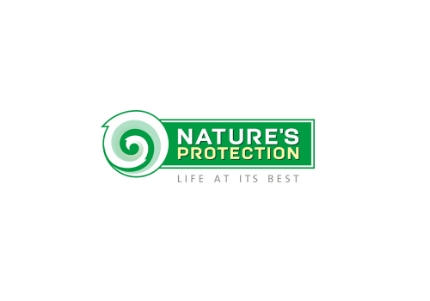
If your cat is itching and scratching and you notice reddish brown dirt on his skin, or you have forgotten to apply the last round of treatment, your kitty could have fleas. Cat and dog fleas are exceedingly common in the U.S., and they can cause annoying itching and spread bacteria that cause diseases like cat scratch disease and typhus. Therefore, if your four-pawed friend is showing any signs of a flea infestation, it is important to take steps to end the problem immediately, as much for your cat’s health and wellbeing as for your own.
Choosing a Species- Appropriate Treatment
If you have both cats and dogs at home, you might be tempted to use your dog’s flea treatment on your cat and vice-versa – this is a big mistake and can result in death. Poisoning (as a result of permethrin – an ingredient sometimes found in dog flea treatments) is very common in cats. It causes severe muscle tremors and seizure, resulting in euthanasia in 40% of affected cats. It is important to consult your veterinarian for the right anti-pest treatment for your kitty. Different solutions treat different things. For instance, one prescription-only treatment does more than just kill adult fleas and prevent their eggs from hatching. It additionally prevents heartworm disease (thanks to the active ingredient Selamectin) and treats and controls ear mites, roundworms, and hookworms in cats.
Giving Your Cat a Bath
Normally, you will need to wait two days after applying a flea treatment to bathe your cat but it is a good idea to do so if your cat is out frequently. Opt for a relatively gentle, natural flea shampoo. Make sure every area in your cat’s fur is sudsy and leave the shampoo on for a few minutes before washing off. Rub your fingers between your cat’s paws, since fleas can settle in this area.
Cleaning Your Home
It isn’t enough to rid your cat of fleas; your home should also be thoroughly cleaned. Adult fleas lay up to 50 eggs each per day. These eggs can fall off your cat onto carpets and into crevices on the floor, growing into pupa which can be very difficult to kill. Fleas have a three-week life cycle so your cat can easily become reinfected. Your vet will also be able to recommend a good home cleaner that is effective, but non-toxic to your pets. You should also consider investing in a good steam cleaner, which will kill fleas with the high temperature of the steam. If you are using a normal vacuum cleaner, make sure to stick the bag into the freezer overnight to kill all the fleas before emptying the bag.
When it comes to cat fleas, prevention is definitely better than cure. Choose a treatment suggested by your veterinarian and use a calendar or online reminder to ensure you don’t forget treatment date. If your cat does develop fleas, bathe and treat it and make sure to clean your home with the right product, steam cleaning as well for extra effectiveness.
By Jacqueline Holden
My name is Jackie and I spent more than a decade as a vet’s nurse, working to help save the lives of sick and injured animals, from beloved family pets through to hard working farm animals.
I now work as a freelance researcher and editor. This includes working with a host of different wildlife information and advice sites, which work to educate people on how best to look after creatures and critters, no matter whether they’re beloved pets or wild animals.































































































